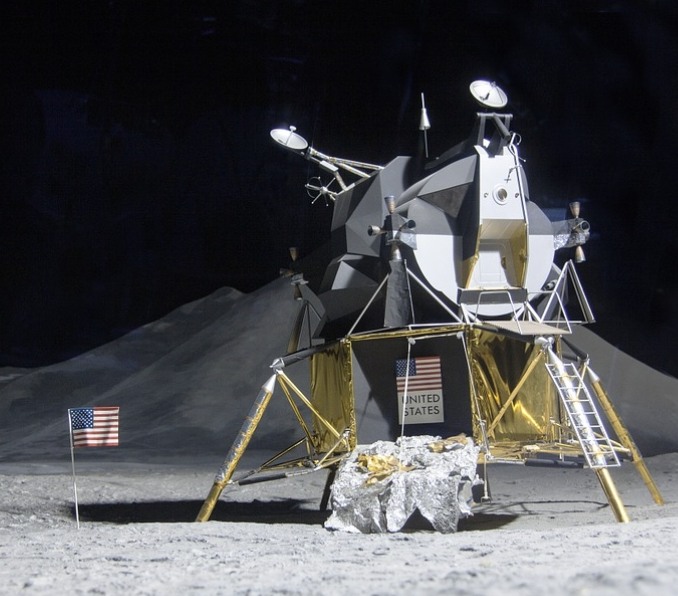In a moment poised to redefine the landscape of lunar exploration, Astrobotic Technology’s (AT) ambitious endeavor marked the first private attempt at a U.S. moon landing in over five decades. With promises of innovation and pioneering spirit, the mission held the potential to usher in a new era of space exploration. However, what began as a bold step towards the stars soon encountered unforeseen technical challenges, threatening not only the aspirations of Astrobotic but also casting shadows of doubt on the feasibility of private lunar endeavors.
The recent setback in AT’s attempt at the first private moon landing marks a significant moment in the trajectory of lunar exploration and the general privatization of space. Initiated with great ambition and promise, the mission encountered a critical fuel leak mere hours after launch, in addition to propulsion system failure, ultimately jeopardizing maneuverability and landing capability. Efforts to salvage the mission through innovative solutions, such as harnessing solar power, proved insufficient against the technical challenges.
This setback not only dealt a blow to AT’s aspirations but also raised doubts about the feasibility of successful private moon landings. It underscored the inherent risks and complexities associated with space exploration, prompting questions about the viability of future lunar missions, including NASA’s ambitious Artemis program.
As the dust settles on Astrobotic Technology’s setback, it serves as a poignant reminder of the formidable challenges inherent in venturing beyond Earth’s bounds. However, amidst the disappointment lies a beacon of hope in NASA’s Artemis program, positioned to reignite humanity’s lunar ambitions with collaborative efforts and cutting-edge technology.
NASA has already pinned its hopes on a second spacecraft, nicknamed Odysseus. It is set to take flight atop a SpaceX Falcon 9 rocket from Cape Canaveral, Florida, and is expected to land on the moon on February 22. If successful, Odysseus would become the first US spacecraft to make a soft landing on the moon since the Apollo 17 mission in 1972.
Despite setbacks, the invincible spirit of human exploration persists, driving us ever closer to the stars and reaffirming our collective commitment to unlocking the mysteries of the cosmos. With Artemis on the horizon, the journey to the moon continues, fueled by resilience, technology revolutions, and the unwavering determination to explore, discover, and pioneer new frontiers in space exploration.







